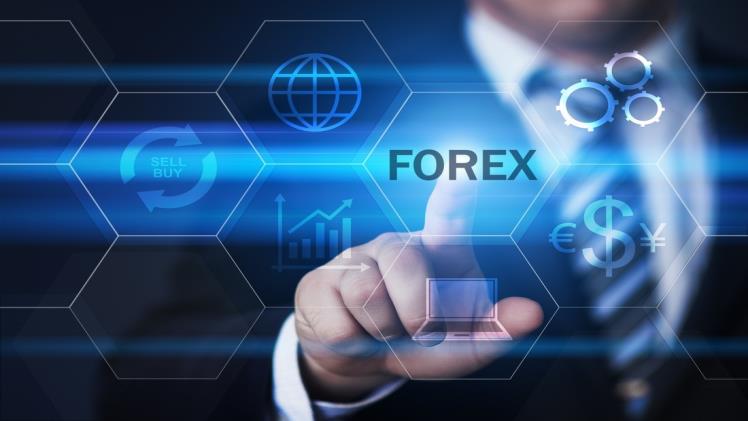The Role of Technology in Modern Forex Trading
Updated: 12 Aug 2025
92

The forex trading landscape has experienced a remarkable transformation in recent years, driven largely by rapid advancements in technology. What was once a market dominated by large financial institutions is now accessible to individual traders across the globe. With the help of innovative platforms, powerful analytical tools, and real-time connectivity, modern traders are empowered to make more informed decisions and execute trades with greater speed and precision.
The Rise of Digital Trading Platforms
One of the most significant technological advancements in forex trading has been the evolution of digital trading platforms. These platforms serve as the gateway between traders and the global currency markets, offering intuitive interfaces, comprehensive charting tools, and streamlined order execution. They allow users to access markets 24/5 from desktop or mobile devices, making trading more flexible and convenient than ever before.
Additionally, many platforms now come equipped with customizable dashboards, technical indicators, and automated trading options, enabling traders to fine-tune their strategies and act on opportunities as they arise.
Algorithmic and Automated Trading
Technology has also introduced algorithmic trading into the forex market. Algorithms allow traders to automate their strategies based on predefined rules for entry, exit, and risk management. This removes emotional decision-making and ensures consistency, especially in fast-moving markets.
Automated trading systems can execute multiple trades in a fraction of a second, monitor numerous currency pairs simultaneously, and respond to market conditions far quicker than a human could. For both beginners and professionals, these tools provide a significant advantage in managing complex strategies and maintaining discipline.
Real-Time Data and Market Analysis
Accurate and timely data is crucial in forex trading, and modern technology ensures traders have access to real-time price feeds, economic calendars, and breaking news. Advanced platforms offer integrated data streams that help users stay informed and make quick decisions based on market-moving events.
Moreover, sophisticated analytical tools, such as sentiment analysis, backtesting engines, and pattern recognition software, enable traders to deepen their understanding of market behavior. These tools can uncover trends and offer insights that go beyond basic chart analysis, enhancing the quality of every trade.
Security and Connectivity
As online trading has grown, so too has the need for robust cybersecurity measures. Technology plays a critical role in securing trader accounts, protecting sensitive financial data, and ensuring the integrity of trading operations. Multi-factor authentication, encrypted transactions, and secure servers are now standard across professional-grade platforms.
High-speed internet and cloud-based infrastructure have also improved global connectivity. Traders can participate in the forex market from nearly anywhere, gaining consistent access to their accounts and tools without significant downtime.
Conclusion
Technology continues to shape the future of forex trading by making it faster, smarter, and more accessible. From user-friendly platforms and automation tools to real-time data and enhanced security, today’s trading environment is designed for efficiency and informed decision-making. As innovation accelerates, traders who embrace technology will be better positioned to adapt, compete, and thrive in the dynamic forex market.
Please Write Your Comments